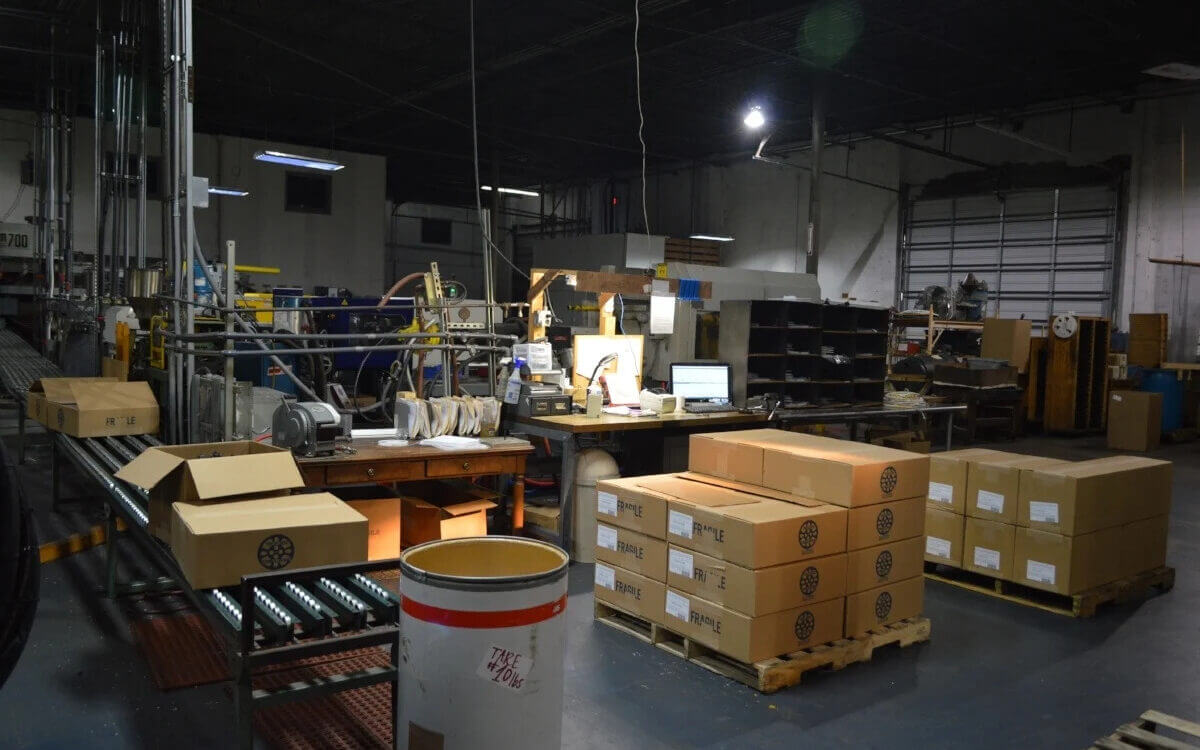Plastics manufacturing in the US has gone a long way.
Today, plastics (and items made of plastic) have grown to be irreplaceable. The process of manufacturing plastics has also become more advanced.
The methods used to make plastics, like
plastic injection molding, are now more efficient and diversified.
Plastics Past
It’s impossible to definitively pinpoint when plastics were first used.
Centuries ago, people experimented a lot with resins and natural plastics. But man-made plastics originated in 1862 at the Great International Exhibition in London.
It was John Wesley Hyatt, an American inventor, who first harnessed the potential of plastics. He figured out how to add elements, pressure, and heat.
After experiments from manufacturers, the production of plastic took the next big steps.
By the end of the 19th century, plastic molding power became popular. It gave way to the extensive manufacture of industrial plastics.
On the first half of the 20th century, the innovation of plastics has propelled to a different level. This was mainly due to its global demand and the race towards the material’s mass production.
Post-war, the number of plastic parts manufacturers was boosted to a much larger scale.
Plastics Present
The mass production of plastics paved the way to more household uses and a wider industrial purpose for the material.
Today’s advanced technology enabled manufacturers to customize plastic parts during the actual production.
This advancement is valuable to many industries, particularly in the medical, aerospace and automotive fields.
Manufacturing plastic parts and products through 3D printing is currently the norm.
It's considered the catalyst for the next level of manufacturing techniques in the plastic revolution.
The concept is much like that of plastic injection molding. But now, with the proper tools and equipment, anyone can produce a 3D item made of plastic.
Thanks to its simplicity, 3D printing allows manufacturers to direct their focus to the design process.
Plastics Future
New trends in plastic manufacturing in the US have begun to take shape. Some manufacturers concentrate on accelerating the pace of 3D printing. This is to make the production faster and more efficient.
New plastic production techniques steadily change the process of the manufacturing industry, too. Industry experts watch these trends closely.
And though their calculations differ, they all see significant changes, specifically:
- steady rise of 3D printing
- use of robots and advanced technology to make production more efficient
- comeback of domestic manufacturing
- continuous application of plastic injection molding.
Seeing all this, the ever-evolving manufacturing process of plastics in the US has become an even more exciting and lucrative industry to watch out for.



